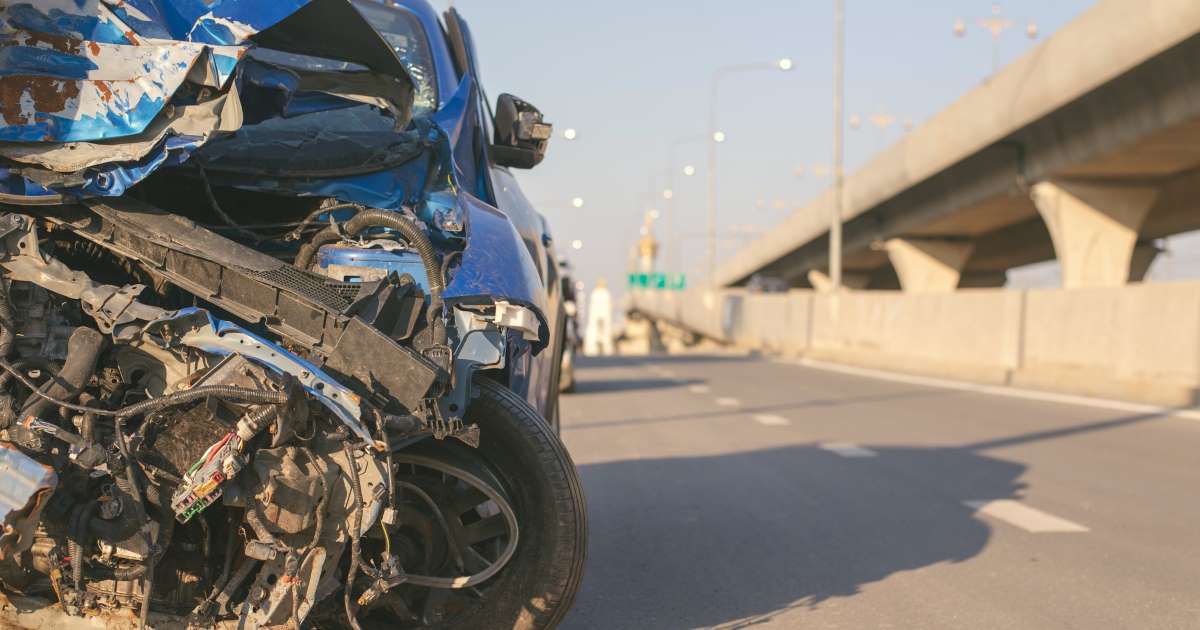Fatal traffic crashes in U.S. spike after switch to daylight saving time

Fatal traffic accidents are more common in the U.S. right after clocks spring ahead for daylight saving time than at other times of the year, a study suggests.
Researchers examined data on 732,835 fatal motor vehicle accidents between 1996 and 2017 and found the risk of these events was about 6% higher in the week after the springtime shift to daylight saving time. If clocks didn't change, it might prevent 28 fatal car crashes a year, the study team estimates in Current Biology.
"This risk increase was highest in the morning, and more pronounced in western regions of time zones – an entirely new finding, although not completely surprising considering that social times in western parts of time zones are in general more detached from sun time than in eastern parts because of the later sunrise in the west," said senior study author Dr Celine Vetter, director of the Circadian and Sleep Epidemiology Laboratory at the University of Colorado Boulder.
"All the described effects were observed acutely, meaning that the traffic accident risk returned to the year-round baseline risk after about one week again," Vetter said.
These acute effects on driving safety could be prevented by eliminating daylight saving time, Vetter said.
The spring time shift has been linked to health problems including increased risk of heart attack, workplace accidents and suicides, the study team notes. While some previous studies have also tied the clock shift to unsafe driving and accidents, results have been mixed.
For the current analysis, researchers examined data from the federal Fatality Analysis Reporting System for all fatal crashes in U.S. states observing daylight saving time.
Overall, the increased risk of fatal crashes amounted to an additional 5.7 fatal accidents a day on Monday through Friday in the week after the clocks changed in the spring, the study team calculated.
Over the course of the 22 years examined, researchers calculated that more than 626 out of 8,958 fatal accidents might have been prevented.
Daylight saving may induce "mini-jetlag," or impaired function that results from the body's forced sleep and wake cycles being out of sync with the biological clock, Vetter said.
The researchers lacked data on individual drivers, such as how long they had been behind the wheel at the time of fatal crashes, or how fatigued they were. Even so, the results suggest drivers may want to take precautions to minimize their risk of accidents after the daylight saving transition, said Russell Griffin, a researcher at the University of Alabama at Birmingham who wasn't involved in the study.
"Your circadian rhythm can be difficult to alter, and short-term disruption (e.g., pulling an all-nighter, jet lag, daylight saving time) can have effects from which it takes a while to recover," Griffin said by email. "To aid your body in this transition, you can use strategies such as dimming the lights in your home earlier than you normally would, shifting the time at which you eat meals, and make your room bright as soon as you awaken."
